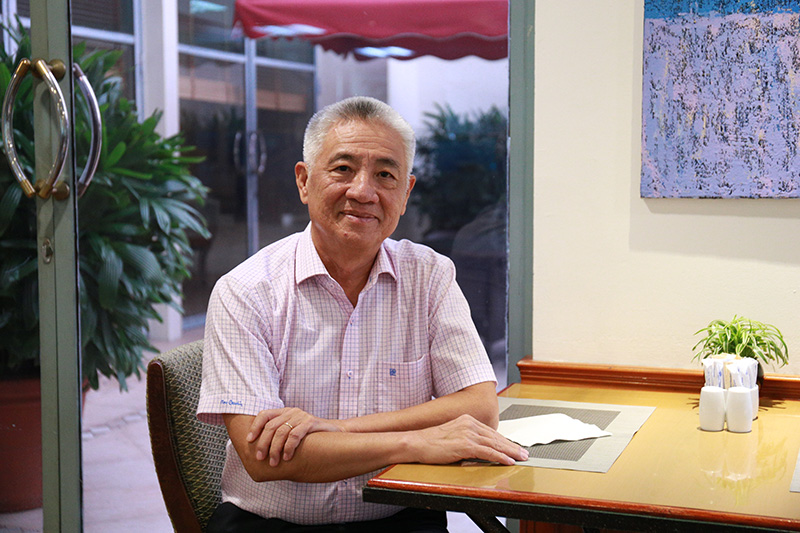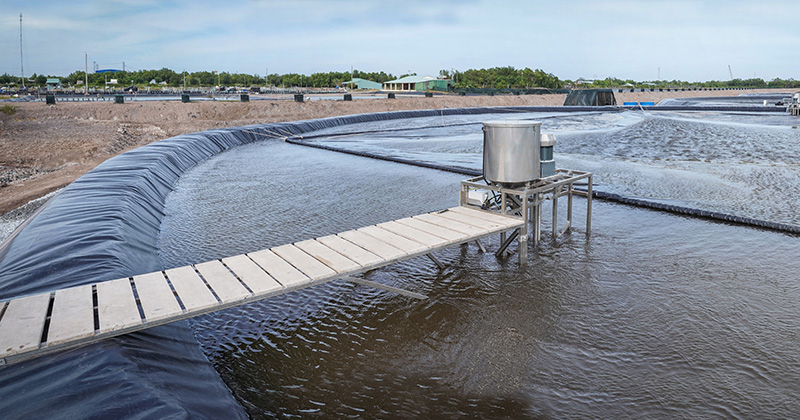- Email : support@rynanagrifoods.com
- Working Hours :Monday - Friday, 08 am - 05 pm
- Call : +84 0294-3746-991
Digital agriculture platform ecosystem: Must be precise, cannot be generic
Decision 749/QD-TTg on the National Program for Digital Transformation to 2025 with a vision to 2030 has set eight priority economic sectors, including agriculture. Nguyen Thanh My - CEO of RYNAN Technologies and My Lan Group had a meeting with Science & Development on this topic.

Dr. Nguyen Thanh My. Photo: My Hanh
Please tell me, how should digital transformation in agriculture be understood? This is a huge problem in Vietnamese agriculture. Agricultural digital transformation is the process of applying technical technology. information and communication technology in management and administration to optimize the activities of the agricultural value chain, starting from inputs, to farming, processing, distributing and consuming products. agricultural products for sustainable development and new value creation.
Digital technology and information and communication technology usually include internet-connected sensors, also known as IoT devices, followed by remote sensing, artificial intelligence for forecasting, blockchain. for traceability, mobile application or service software, and finally digital connection (such as contact groups on platforms such as Zalo, Viber, …). This technology is widely applied in the digital transformation of agriculture as well as fisheries.
We already know that the agricultural product value chain consists of seven segments, starting from inputs, seeds (seeds, seeds and plants), cultivation, collection, processing, distribution and consumption. This value chain is also associated with eight actors: input suppliers, seed suppliers, farmers, collectors, processors, distributors, people. Such a chain is called a real value chain.Digital transformation means that all segments and data from those segments are uploaded to the “cloud” , so there will be more researchers, businesses providing digital transformation services, data storage services, and data management services.
Need to bring that real-world agriculture to the virtual world because now everything needs to be automated, I have to make real-world tools interact with the virtual world. Nguyen Thanh My
So now, who is digital transformation for? Who is the user of the results of that digital transformation, the state or the business, or the farmer, or the consumer? Each he each different and want something different. Therefore, it must be very precise, not a generic number conversion for fun.
Currently, Decision 749 clearly states that the goal by 2025 is to transform digitally for the state, then open it up to farmers. Because the first thing is that the state must manage first, it must know how to convert. What is digital transformation and investing in infrastructure construction. Therefore, we are currently doing digital transformation for the Ministry and the Departments of Agriculture and Rural Development.
What would a digital transformation process look like, sir?
The digital transformation process will consist of three parts. Part one is digitization - converting data on paper, images and audio into digital form so it can be processed by using Part two is digitization – integrating smart devices into every operation of an organization such as a farm, a farm or a veterinary department so that it automatically collects data The third part is digital operation – using a tool such as a mobile application or software to manage, operate and automatically collect data.
Data is an asset and it's different from a traditional asset, the more shared data is, the more valuable it is. That value is equal to the quantity of data times the quality of the data and gives an exponential function. But now when it comes to digital transformation, everyone says “I will own the data.” No, I don't want to own the data, I care who uses the data. If you don't know how to use it, it's just a waste of hard drive and money.

Super-intensive shrimp ponds rich in digital technology. Photo: NVCC
So when I say digital transformation, I'll ask if you have installed an automatic data collection device, because usually people just talk about mobile apps. That's not it, there are many For example, there is a mobile application to monitor pests without pest monitoring stations. The most expensive part is the investment in smart devices to automatically collect pests. But in Vietnam, that's the weakest thing. If I keep buying sensors from abroad, I won't be able to program it and integrate it into my network. I focus on researching and manufacturing smart devices, I have to make my own devices to integrate them into my ecosystem network. This is a difficult thing but a great opportunity for me. I also built a cloud computing platform that integrates smart devices and automates data, called VDAPES.
Can you share more about this VDAPES cloud computing platform?
VDAPES (Vietnam Digital Agriculture Platform Eco System) is Vietnam's digital agriculture platform ecosystem, including software, smart devices from space to air, ground and water surface. Normally, a cloud computing platform consists of an IT network, servers, mobile applications, tablets, databases, and programming, however, a platform for digital agriculture requires an additional network. Therefore, we built SAGWIN (short for Space Air Ground Water Integrated Network) - a cloud computing platform that links devices and data in space , in the air, on the ground, on the water, where: in space are remote sensing data (open data of the European space center and NASA), in the air are drones (unmanned aircraft) or radars, on the ground are pest monitoring stations; and on the water are observation buoys. These are all automatic data collection devices - a very important element in the digitization of the process.
A cloud computing platform consists of three layers. The first layer is called IaaS infrastructure service, including IT network, IOT network (SAGWIN), server. Next is the platform service. PaaS, from mobile applications such as traceability applications or shrimp farming applications. The third layer is SaaS software services for users such as DARDs, businesses, researchers.
Currently, our cloud computing platform connects many platforms such as rice farming, shrimp farming, alternating dry-flooded irrigation to reduce greenhouse gas emissions, insect monitoring . All are located in this VDAPES ecosystem.
We have tested applying this ecosystem to digital transformation of agriculture in Dong Thap. The platform has digitized rice cultivation data, irrigation data, irrigation management process (in that the network of sewers and pumping stations can operate automatically with artificial intelligence algorithms), while managing rice cultivation with remote sensing data, monitoring air pollution, greenhouse gas emissions, alternating wet and dry rice cultivation,...
For example, in Dong Thap, people manage rice cultivation according to each plot, in 1337 plots there are 300 bags for growing fruit trees, the rest is for rice cultivation, each plot is only allowed to grow fruit. cultivating only one type of rice.Using this platform, all data about a plot – from the dyke, perimeter, elevation, canal or any road to it – will be digitized and we you can know immediately.Previously, these data were on paper, now you just need to click on the screen to get information.After digitizing the data, we digitize the process by integrating algorithms. In addition, the data from remote sensing also helps to recognize the area of rice that is about to be harvested, the area of newly planted rice, etc. Thus, for example now Now there is a company that wants to buy 10,000 tons of ST25 rice, the system will be able to tell immediately which box the rice is in, which farmer's household is cultivating.
We have also trained more than 1,000 agricultural workers in Dong Thap province. Digital transformation must include training people to use digital tools, not just applications. Who to change the number to, what to convert, must be very precise, not general.
It is known that RYNAN also has other products for agriculture besides smart devices integrated in the cloud computing platform, so are these products outside the company's agricultural ecosystem? ty?
It's all in the ecosystem. For example, smart fertilizer will be in the goal of reducing greenhouse gas emissions, in the alternating dry rice farming. In summary, the system Our agroecology includes inputs, smart devices, and software and applications.
Besides, RYNAN chooses the field of agricultural technology and lean development according to the model of an ecosystem of companies to meet the needs of the market, both supplementing and sharing resources and customers. for each other.
If RYNAN Technology is considered as the headquarters where important research and development activities of the new company are concentrated, from machines for farming and processing, providing full-package solutions from copper. From the field to the table, RYNAN Agrifood, RYNAN Smart Fertilizers are the places to commercialize research results from RYNAN Technologies Vietnam. which has strengths in the production of machines, human resources and closed technological processes.
Agricultural products in Vietnam are often born singly and enter the market in a fill in the blank, so why do you think of building such an ecosystem? ?
If you go to see the intensive shrimp ponds, you'll see that these ponds have aeration fans. This is both physically wrong and biologically wrong because air is heavier than water. How to make fans with less electricity is also not effective, but we need to find a way to not use these fans. Similarly, if a box is not good then we have to make one. another box, but can't find a way to perfect a box that has problems or just fill in the blanks.
That's why pagans like me look at it and see that it has to be changed, has to come up with a new paradigm, a new ecosystem. At the same time, it's necessary to bring up that real-world agriculture. virtual world because now everything needs to be automated, I have to make the tools in the real world interact with the virtual world.
So what's the process like? The first thing is to look at it in general, for example, to see what it takes to raise shrimp, that is, I have to want to change that first, and then when I started working on it, I started working on every detail that was missing in it.
The creation of new things sometimes explodes, but the idea is to do it immediately. Working in agriculture is very hard, but society assigns me to work, and I have the motivation to do it. .
How will farmers benefit from such ecosystems?
First of all, new values, for example, thanks to the system, shrimp farmers sitting at home will also know how to prevent shrimp diseases in advance. At the same time, it also contributes to development. sustainable, because we will know in advance what will happen and avoid maximum damage.
For example, in the past, to monitor pests and diseases on rice, the staff of the local agricultural department often used traditional light traps to lure insects, turn on the lights at night, turn off in the morning. Lights and collects insects... counts and identifies one by one. When there is a pest monitoring system in the ecosystem, the device can automatically attract, identify, and statistics on the number, density and distribution of insects. types of pests as well as see which insects are beneficial or harmful and return the results in the form of visual graphs, clearly showing the correlation between harmful pests and beneficial natural enemies, thereby helping farmers People have a quick overview and overview of the balance of the ecosystem right on their smartphones without having to go to the field.At the same time, the system also gives warnings and forecasts about the deep situation. planthoppers in the field so that people can determine if they need to spray or not and choose a timely treatment method through the management software VDAPES.
Thanks for sharing!
My Hanh performed
Nguồn bài viết: https://khoahocphattrien.vn/khoa-hoc/he-sinh-thai-nen-tang-nong-nghiep-so-phai-chinh-xac-khong-the-chung-chung/20230406083317120p1c160.htm


![[object Object]](/uploads/n7bmf442w3scijybg54tvq1cb.jpg)
![[object Object]](/uploads/sy80jwl1nwgo9hd6qtiawsbmi.jpg)
![[object Object]](/uploads/el3zjsgpdtnk21p23l6ccseo8.png)


![[object Object]](/uploads/INNOEX-2024-v2-04b80cc108.png)
![[object Object]](/uploads/i71eqcm6xj6zltl75tdsi6kps.jpg)
![[object Object]](/uploads/j2zjqk66c47jxbldbzgzrm3i9.jpg)